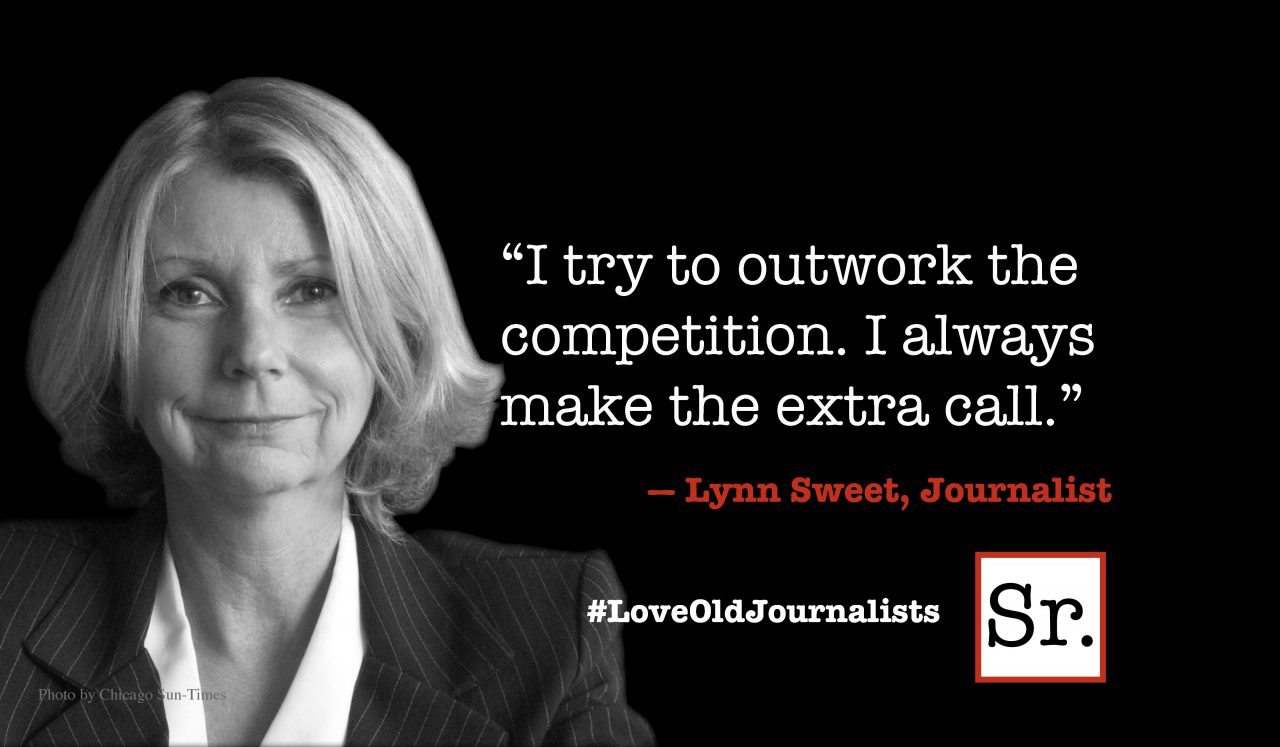Q. A friend who uses a lot of psychobabble described a new woman in our retirement community as having a “personality disorder.” I would call this woman a pain the neck. What’s the difference between a personality disorder and just a lousy personality?
People with a personality disorder are more than just pains in the neck. They have serious trouble getting along with others. They are usually rigid and unable to adapt to the changes life presents to all of us. They simply don’t function well in society.
People with personality disorders are more likely to commit homicide and suicide, and suffer from social isolation, alcohol and drug addiction, depression, anxiety, eating disorders, and self-destructive behavior such as excessive gambling.
About one in seven U.S. adults has at least one personality disorder, and many have more than one. Personality disorders are usually first noticed around the teen years. However, personality disorders can surface at any time, including old age. About one in ten older adults living at home may have a personality disorder. This figure is even higher among adults living in nursing homes.
Childhood experiences and your genes play major roles in personality disorders. However, personality changes can be brought on in older adults if they have trouble handling the losses of family and friends, other major life changes or their own medical problems.
Mental health professionals place personality disorders in three categories or clusters. People in Cluster A exhibit eccentric behavior. Those in Cluster B are dramatic, emotional or erratic. And those in Cluster C are fearful.
The following are some examples. The descriptions are very brief because of space requirements. You could write pages to describe each disorder.
In Cluster A are schizoid, paranoid and schizotypal personality disorders. Schizoid personalities are introverted daydreamers who fear intimacy with others. Paranoid personalities don’t trust people and see them as deceitful or worse. Schizotypal personalities are eccentrics who act inappropriately and often claim they have supernatural gifts.
In Cluster B are antisocial, borderline and narcissistic personality disorders. Antisocial personalities are belligerent rule-breakers who often get into legal difficulties and fall into substance abuse. Borderline personalities are unpredictable, self-destructive and often see things in black and white. Narcissistic personalities overstate their own importance and need constant attention.
In Cluster C are avoidant, dependent and obsessive-compulsive personality disorders. Avoidant personalities can’t handle rejection well and may have no close relationships outside of their family. Dependent personalities lack self-confidence and rely on others to make decisions for them. Obsessive-compulsive personalities are unsatisfied perfectionists who are so detailed-oriented that they have trouble making decisions.
The symptoms of Cluster A and Cluster B personality disorders may diminish with age. Those with Cluster C personality disorders often experience worsening symptoms as they get older.
There's no cure for these conditions, but psychotherapy and medication for symptoms such as anxiety and depression can help. The symptoms of some personality disorders also may improve with age.
If you would like to read more columns, you can order a copy of “How to be a Healthy Geezer” at www.healthygeezer.com.









